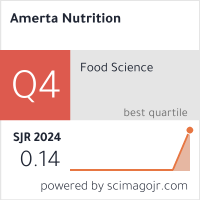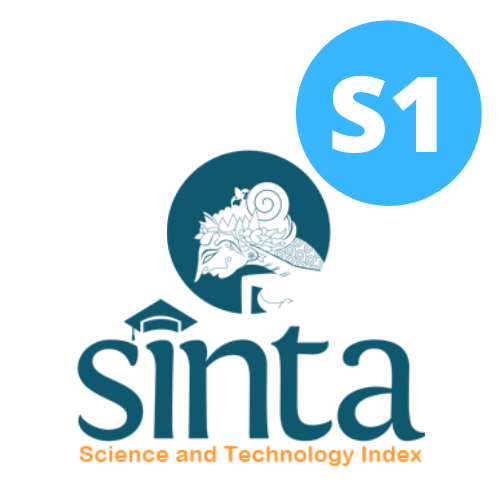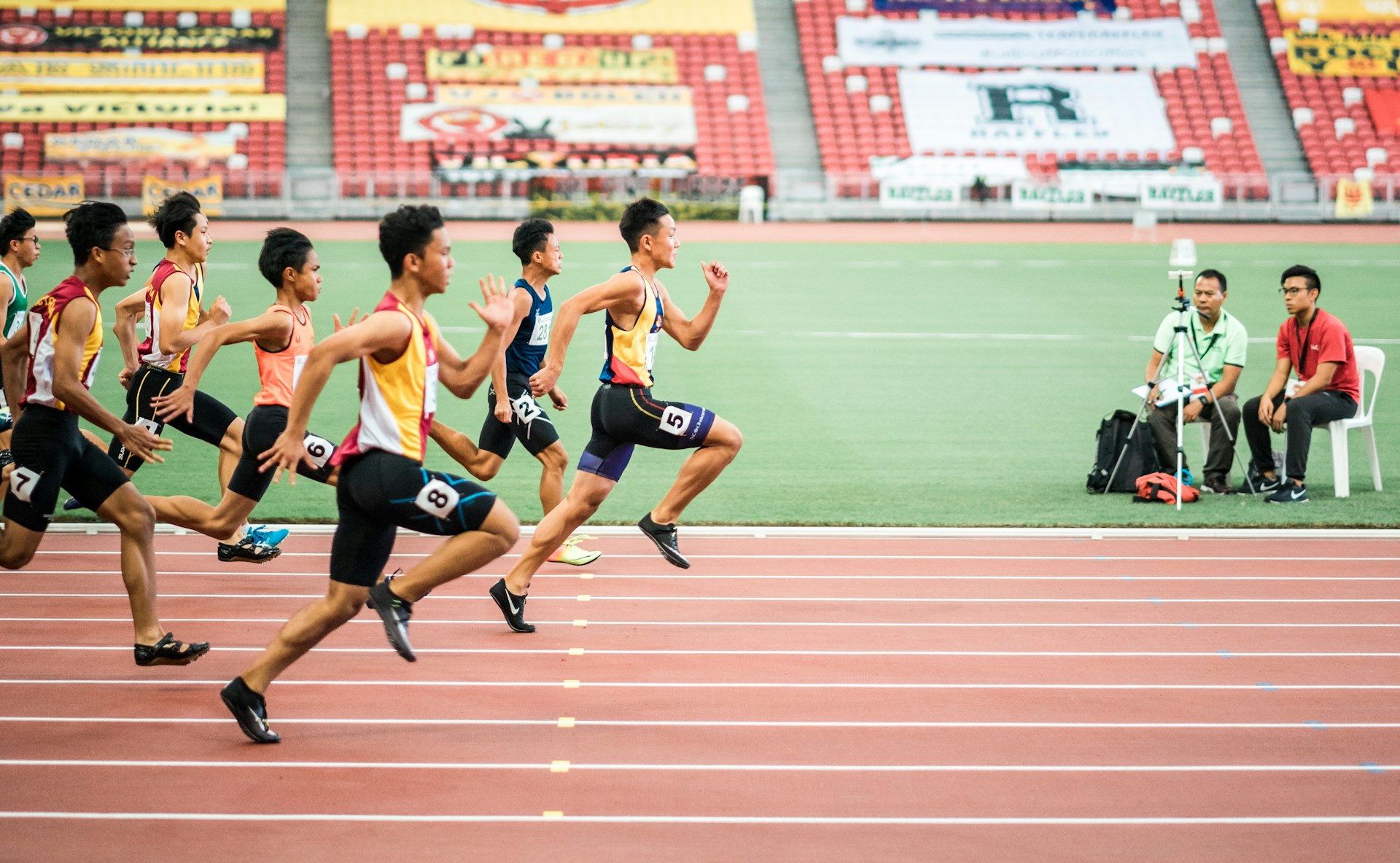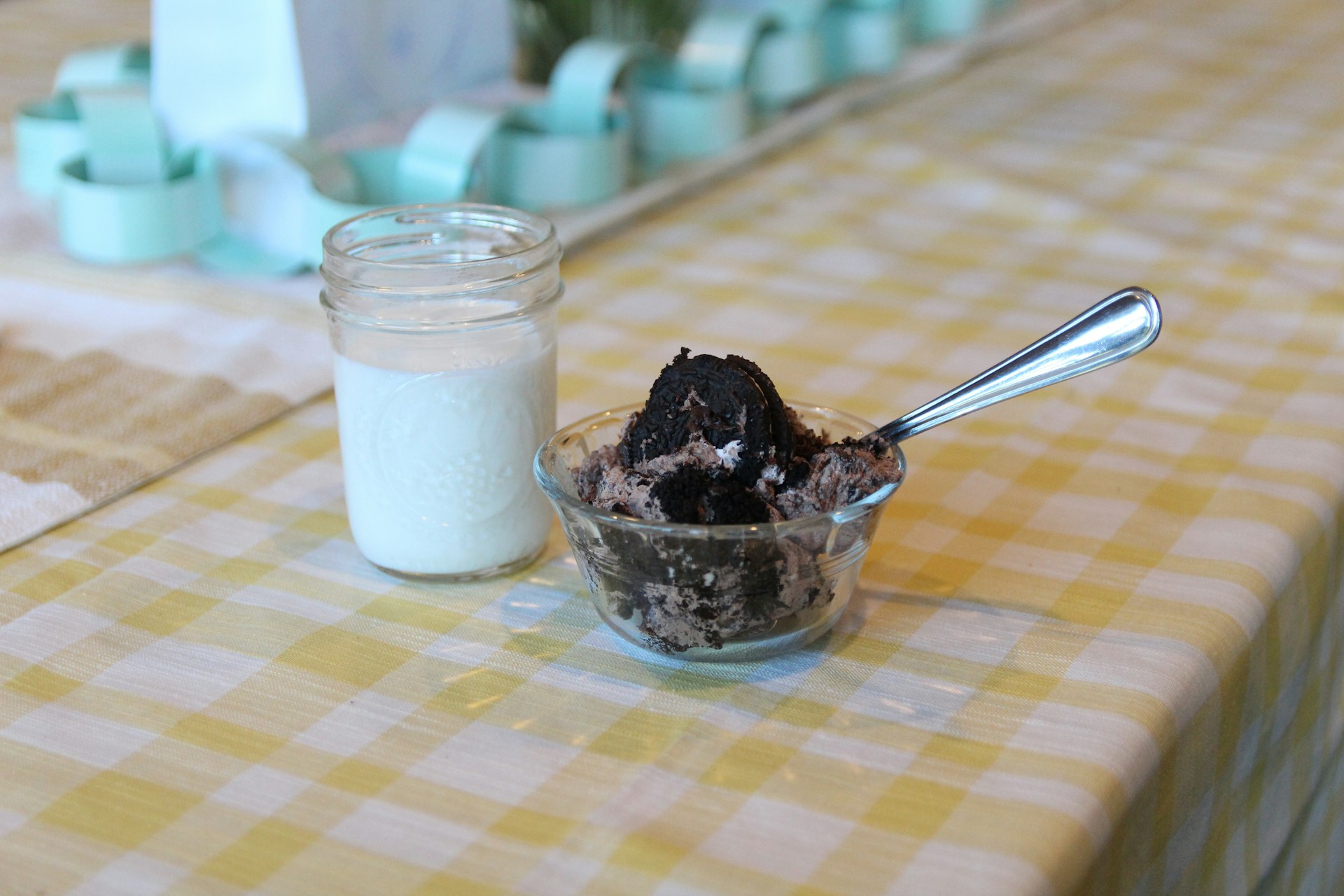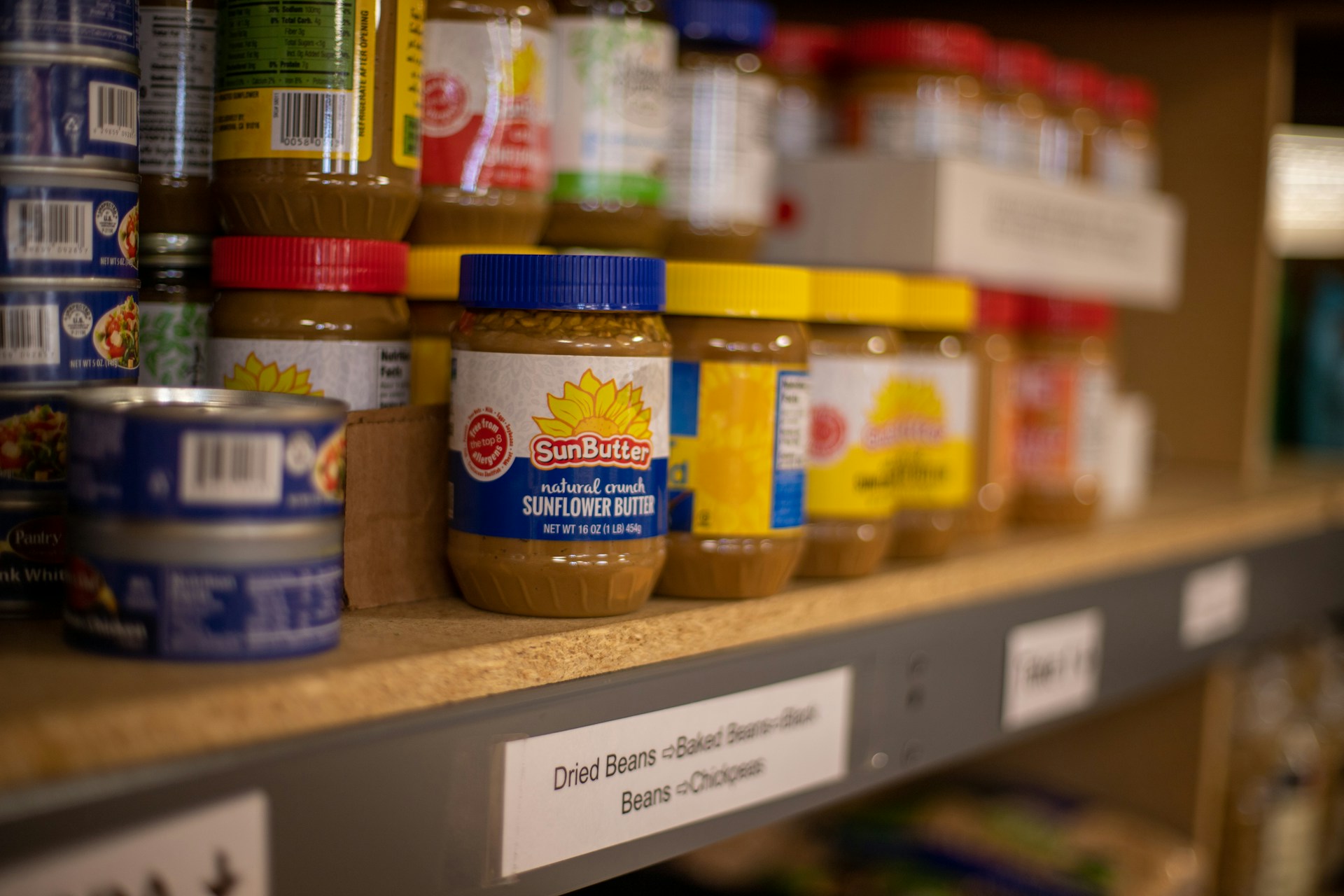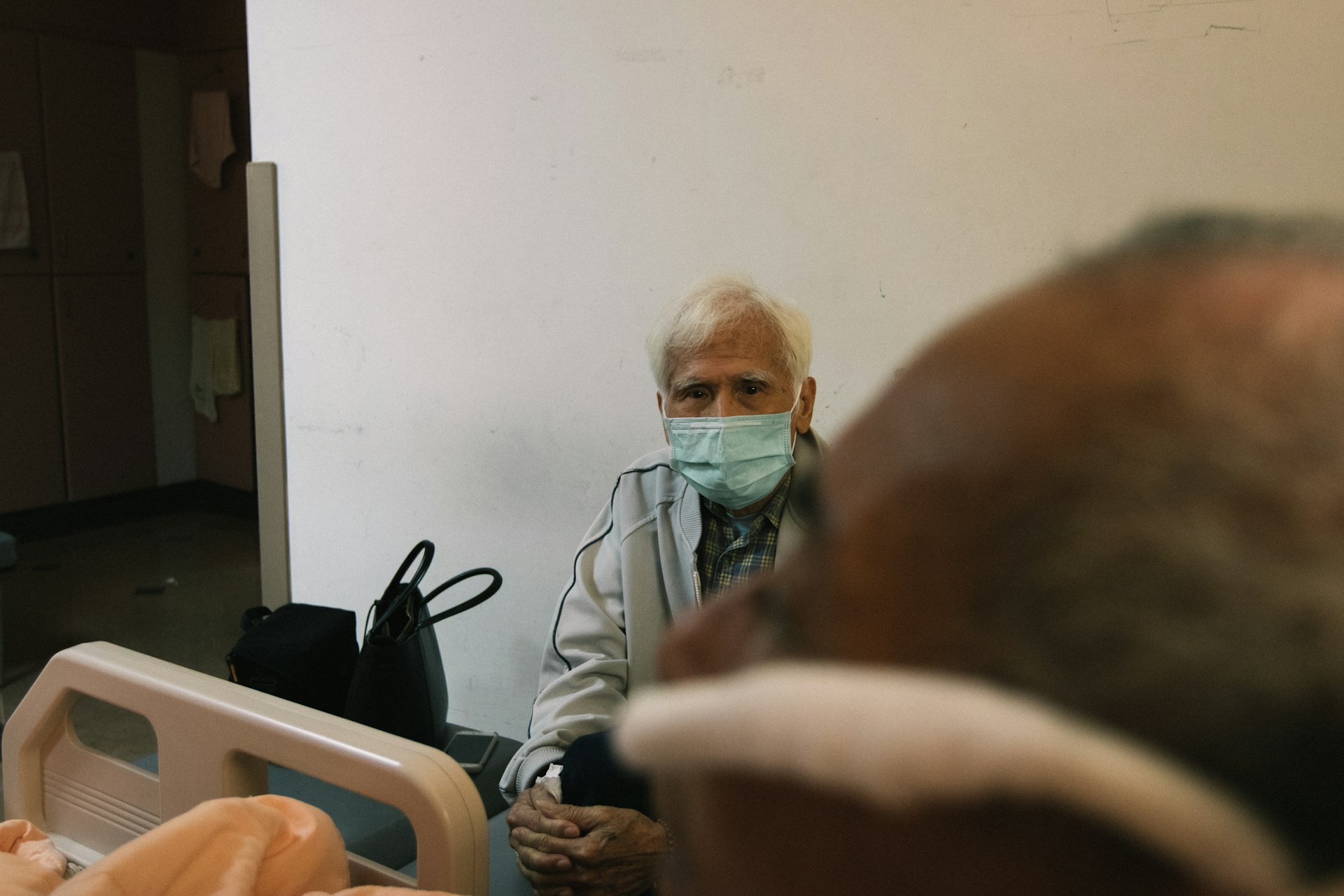The Effect of Combining Pumpkin Seeds and Straw Mushroom with Lesser Yam as a Binder on the Proximate and Amino Acid Profile of a Meat Analog
Pengaruh Kombinasi Biji Labu Kuning dan Jamur Merang dengan Pengikat Umbi Gembili Terhadap Kadar Proksimat dan Profil Asam Amino Daging Analog
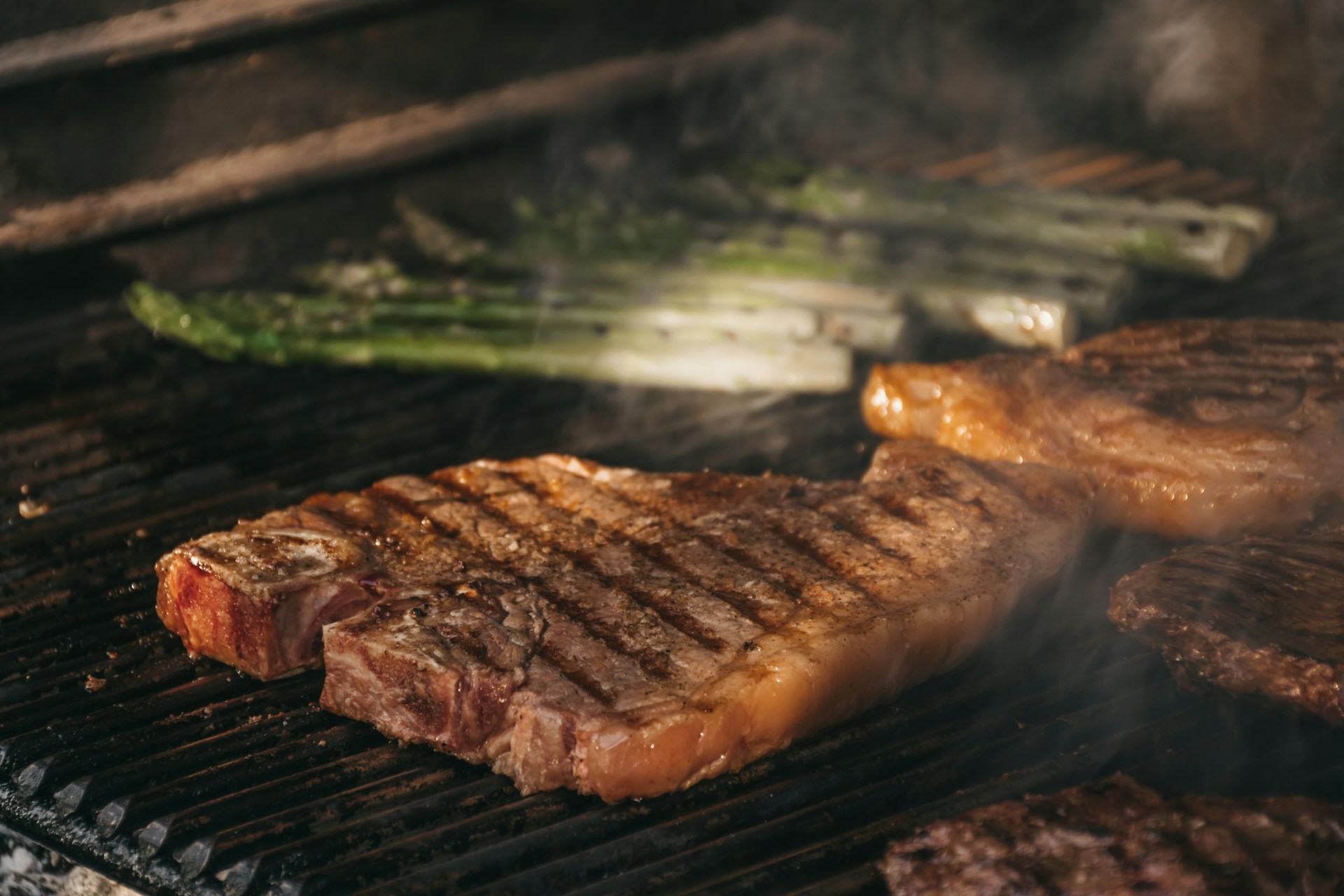
Background: Dyslipidemia is a significant risk factor for cardiovascular disease. The high prevalence of dyslipidemia is caused by the habitual consumption of foods contain saturated fats, such as beef. Therefore, meat analog made from plant-based ingredients is a potential alternative due to its high protein content and low fat content, especially regarding saturated fats.
Objectives: To determine the effect of pumpkin seeds and straw mushroom combination with lesser yam as a binder on proximate and amino acid profile of meat analog.
Methods: This study used a completely randomized design with three formulations based on the proportions of pumpkin seed flour and straw mushroom flour, such as F1 (75%:25%), F2 (50%:50%), and F3 (25%:75%). Each formulation is added with 25 g lesser yam puree. Proximate analysis was conducted to determine moisture, ash, protein, fat, and carbohydrate, with analysis of amino acid profile of meat analog. Statistical analysis of the data was conducted using ANOVA and Duncan’s Multiple Range (DMRT) test.
Results: The three formulations of meat analogue had moisture 42.19-42.29%, ash 2.81-4.34%, protein 15.50-16.90%, fat 3.86-14.08%, carbohydrate 24.01-33.98%, and total amino acids 11.97-14.60%. The results showed that the three formulations of pumpkin seed flour and straw mushroom flour significantly affected ash content (p-value=0.020), fat content (p-value<0.001), carbohydrate content (p-value=0.004), as well as the amino acids threonine (p-value=0.019) and lysine (p-value=0.036).
Conclusions: The combination of pumpkin seed flour, straw mushroom flour, and lesser yam as a binder had a significant effect on the proximate and amino acid profile of the meat analog.
Addisu, B., Bekele, S., Wube, T. B., Hirigo, A. T. & Cheneke, W. Dyslipidemia and its associated factors among adult cardiac patients at Ambo university referral hospital, Oromia region, west Ethiopia. BMC Cardiovasc. Disord. 23, 1–12 (2023). https://doi.org/10.1186/s12872-023-03348-y
Roth, G. A. et al. Global Burden of Cardiovascular Diseases and Risk Factors, 1990–2019: Update From the GBD 2019 Study. J. Am. Coll. Cardiol. 76, 2982–3021 (2020). https://doi.org/10.1016/j.jacc.2020.11.010
WHO. Cardiovascular diseases. https://www.who.int/health-topics/cardiovascular-diseases#tab=tab_1.
Mendis, S., Graham, I. & Narula, J. Addressing the Global Burden of Cardiovascular Diseases; Need for Scalable and Sustainable Frameworks. Glob. Heart 17, (2022). https://doi.org/10.5334/gh.1139
PERKENI. Panduan Pengelolaan Dislipidemia di Indonesia 2021. (PB Perkeni, 2021).
Hedayatnia, M. et al. Dyslipidemia and cardiovascular disease risk among the MASHAD study population. Lipids Health Dis. 19, 1–11 (2020). https://doi.org/10.1186/s12944-020-01204-y
Putri, M. P. D., Suyasa, I. P. G. E. A. & Budiapsari, P. I. Hubungan antara Dislipidemia dengan Kejadian Hipertensi di Bali Tahun 2019. AMJ (Aesculapius Med. J. 1, 8–12 (2021). https://doi.org/10.22225/amj.1.1.2021.8-12
Auffret, V. Dyslipidemia is a Primary Cause of Cardiovascular Disease. J. Interv. Gen. Cardiol. 6, (2022). https://doi.org/10.37421/2684-4591.2022.6.156
Hidekatsu, Y. & Hiroshi, Y. Secondary dyslipidemia: its treatments and association with atherosclerosis. Glob. Heal. Med. 3, 15 (2021). https://doi.org/10.35772/ghm.2020.01078
Bambona, N. R. B., Haniarti & Nurlinda. Hubungan Pola Makan terhadap Kadar Kolesterol Darah Total pada Dosen Universitas Muhammadiyah Parepare. Indones. Heal. J. 1, 74–81 (2022). https://doi.org/10.58344/ihj.v1i2.20
Yuningrum, H., Rahmuniyati, M. E. & Sumiratsi, N. N. R. Consumption of Fried Foods as A Risk Factor for Hypercholesterolemia: Study of Eating Habits in Public Health Students. J. Heal. Educ. 5, 78–85 (2020). https://doi.org/10.15294/jhe.v5i2.38683
Kemenkes RI. Tabel Komposisi Pangan Indonesia 2020. (Direktorat Jenderal Kesehatan Masyarakat RI, 2020).
Geiker, N. R. W. et al. Meat and Human Health—Current Knowledge and Research Gaps. Foods 10, (2021). https://doi.org/10.3390/foods10071556
Lindriati, T., Nafi, A. & Sari, Z. G. Optimasi Pembuatan Daging Tiruan Umbi Porang (Amorphophallus oncophyllus) dan Isolat Protein Kedelai dengan Metode RSM (Response Surface Methodology). J. Teknol. dan Ind. Pertan. Indones. 11, 75–83 (2019). https://doi.org/10.17969/jtipi.v11i2.12798
Kołodziejczak, K., Onopiuk, A., Szpicer, A. & Poltorak, A. Meat Analogues in the Perspective of Recent Scientific Research: A Review. Foods 2022, Vol. 11, Page 105 11, 105 (2021). https://doi.org/10.3390/foods11010105
Gao, D., Helikh, A. O., Filon, A. M., Duan, Z. & Vasylenko, O. O. Effect of pH-Shifting Treatment on The Gel Properties of Pumpkin Seed Protein Isolate. J. Chem. Technol. 30, 198–204 (2022). https://doi.org/10.15421/jchemtech.v30i2.241145
Widya, F. C., Anjani, G. & Syauqy, A. Analisis Kadar Protein, Asam Amino, dan Daya Terima Pemberian Makanan Tambahan (PMT) Pemulihan Berbasis Labu Kuning (Cucurbita Moschata) untuk Batita Gizi Kurang. J. Nutr. Coll. 8, 207–218 (2019). https://doi.org/10.14710/jnc.v8i4.25834
Dotto, J. M. & Chacha, J. S. The potential of pumpkin seeds as a functional food ingredient: A review. Sci. African 10, (2020). https://doi.org/10.1016/j.sciaf.2020.e00575
de Farias, L. M. et al. Hypotriglyceridemic and hepatoprotective effect of pumpkin (Cucurbita moschata) seed flour in an experimental model of dyslipidemia. South African J. Bot. 151, 484–492 (2022). https://doi.org/10.1016/j.sajb.2022.05.008
Wang, M. & Zhao, R. A review on nutritional advantages of edible mushrooms and its industrialization development situation in protein meat analogues. J. Futur. Foods 3, 1–7 (2023). https://doi.org/10.1016/j.jfutfo.2022.09.001
Damayanty, A. E., Suromo, L. B. & Kisdjamiatun, R. Pengaruh pemberian ekstrak jamur merang (volvariella volvacea) terhadap kadar kolesterol total, enzim lppla2 dan mda darah. J. Gizi Indones. (The Indones. J. Nutr. 4, 48–54 (2016). https://doi.org/10.14710/jgi.4.1.48-54
Sangthong, S., Pintathong, P., Pongsua, P., Jirarat, A. & Chaiwut, P. Polysaccharides from Volvariella volvacea Mushroom: Extraction, Biological Activities and Cosmetic Efficacy. J. Fungi 8, (2022). https://doi.org/10.3390/jof8060572
Sabda, M., Wulanningtyas, H. S., Ondikeleuw, M. & Baliadi, Y. Karakterisasi Potensi Gembili (Dioscorea esculenta L.) Lokal Asal Papua Sebagai Alternatif Bahan Pangan Pokok. Bul. Plasma Nutfah 25, 25–32 (2019). https://doi.org/10.21082/blpn.v25n1.2019.p25-32
Sari, L., Yuniastuti, A. & Christijanti, W. Pengaruh Pemberian Pati Umbi Gembili (Dioscorea esculenta) Terhadap Kadar Kolesterol LDL dan HDL Tikus Hiperkolesterolemia. in Prosiding Semnas Biologi ke-9 192–195 (2021).
Rahma, C., Yuniastuti, A. & Christijanti, W. Kadar Trigliserida Tikus Hiperkolesterolmia Setelah Pemberian Pati Umbi Gembili (Dioscorea esculenta L.). in Prosiding Semnas Biologi ke-9 162–166 (2021).
Iswahyudi, Arindani, S. M. & Muhdar, I. N. Pemanfaatan Tepung Biji Labu Kuning dalam Pembuatan Pie Susu sebagai Alternatif Camilan Sumber Zink. J. Teknol. dan Ind. Pertan. Indones. 15, (2023). https://doi.org/10.17969/jtipi.v15i1.24595
Yuliani, Y., Maryanto, M. & Nurhayati, N. Karakteristik Fisik dan Kimia Tepung Jamur Merang (Volvariella volvacea) dan Tepung Jamur Tiram (Pleurotus ostreatus) Tervariasi Perlakuan Blanshing. J. Agroteknologi 12, 176 (2018). https://doi.org/10.19184/j-agt.v12i02.9296
Bintoro, V. P., Putra, A. Y. R. I. & Susanti, S. Karakteristik kimia, susut masak, dan tingkat kesukaan daging analog berbasis jamur shitake dengan tepung tempe. Agrointek J. Teknol. Ind. Pertan. 17, 508–516 (2023). https://doi.org/10.21107/agrointek.v17i3.15255
Wijono, W. K. & Estiasih, T. The effect of lesser yam tuber flour (Dioscorea esculenta) and cooking methods on meat analogue chemical and textural properties. Adv. Food Sci. Sustain. Agric. Agroindustrial Eng. 4, 162–170 (2021). https://doi.org/10.21776/ub.afssaae.2021.004.02.10
Subroto, E. et al. The Analysis Techniques Of Amino Acid And Protein In Food And Agricultural Products. Int. J. Sci. Technol. Res. 9, 29–36 (2020).
Surahman, D. N. et al. Pendugaan Umur Simpan Snack Bar Pisang dengan Metode Arrhenius pada Suhu Penyimpanan yang Berbeda. Biopropal Ind. 11, 127–137 (2020). https://doi.org/10.36974/jbi.v11i2.5898
Lindriati, T., Herlina, H. & Emania, J. N. Sifat Fisik Daging Analog Berbahan Dasar Campuran Tepung Porang (Amorphophallus oncophyllus) dan Isolat Protein Kedelai. J. Teknol. Pertan. Andalas 22, 175 (2018). https://doi.org/10.25077/jtpa.22.2.175-186.2018
Maysaroh, C. Pengaruh Lama Waktu Pengukusan Terhadap Karakteristik Fisikokimia dan Organoleptik Puree Labu Kuning (Cucurbita moschata). J. Teknol. Pangan dan Has. Pertan. 18, 1–11 (2020). https://doi.org/10.21776/ub.jpa.2018.006.01.3
De Marchi, M., Costa, A., Pozza, M., Goi, A. & Manuelian, C. L. Detailed characterization of plant-based burgers. Sci. Rep. 11, 1–9 (2021). https://doi.org/10.1038/s41598-021-81684-9
Latunde-Dada, G. O. et al. Content and Availability of Minerals in Plant-Based Burgers Compared with a Meat Burger. Nutrients 15, (2023). https://doi.org/10.3390/nu15122732
Day, L., Cakebread, J. A. & Loveday, S. M. Food proteins from animals and plants: Differences in the nutritional and functional properties. Trends Food Sci. Technol. 119, 428–442 (2022). https://doi.org/10.1016/j.tifs.2021.12.020
Mouzo, D., Bernal, J., López-Pedrouso, M., Franco, D. & Zapata, C. Advances in the Biology of Seed and Vegetative Storage Proteins Based on Two-Dimensional Electrophoresis Coupled to Mass Spectrometry. Mol. A J. Synth. Chem. Nat. Prod. Chem. 23, (2018). https://doi.org/10.3390/molecules23102462
Yu, Q. et al. Analysis of Nutritional Composition in 23 Kinds of Edible Fungi. J. Food Qual. 2020, (2020). https://doi.org/10.1155/2020/8821315
Ayimbila, F. & Keawsompong, S. Nutritional Quality and Biological Application of Mushroom Protein as a Novel Protein Alternative. Curr. Nutr. Rep. 12, 290–307 (2023). https://doi.org/10.1007/s13668-023-00468-x
Wibawa, M. J. K., Ulfah, M., Widyasaputra, R. & Setya, E. A. Pengaruh Substitusi Tepung Kacang Merah dan Kacang Koro dengan Variasi Waktu Perebusan terhadap Karakteristik Daging Analog. BIOFOODTECH J. Bioenergy Food Technol. 1, 95–105 (2023). https://doi.org/10.55180/biofoodtech.v1i02.299
de Angelis, D. et al. Physicochemical and Sensorial Evaluation of Meat Analogues Produced from Dry-Fractionated Pea and Oat Proteins. Foods 9, 1754 (2020). https://doi.org/10.3390/foods9121754
Huang, M. et al. Use of food carbohydrates towards the innovation of plant-based meat analogs. Trends Food Sci. Technol. 129, 155–163 (2022). https://doi.org/10.1016/j.tifs.2022.09.021
Kyriakopoulou, K., Keppler, J. K. & van der Goot, A. J. Functionality of Ingredients and Additives in Plant-Based Meat Analogues. Foods 10, 600 (2021). https://doi.org/10.3390/foods10030600
Fresán, U., Mejia, M. A., Craig, W. J., Jaceldo-Siegl, K. & Sabaté, J. Meat analogs from different protein sources: A comparison of their sustainability and nutritional content. Sustainability 11, (2019). https://doi.org/10.3390/su11123231
Timakova, R. T. & Iliukhina, I. V. Study of the amino acid composition of beef proteins using ionizing radiation treatment technology. IOP Conf. Ser. Earth Environ. Sci. 1052, (2022). https://doi.org/10.1088/1755-1315/1052/1/012138
Wu, G. et al. Composition of free and peptide-bound amino acids in beef chuck, loin, and round cuts. J. Anim. Sci. 94, 2603–2613 (2016). https://doi.org/10.2527/jas.2016-0478
Ma, Q. et al. Threonine, but Not Lysine and Methionine, Reduces Fat Accumulation by Regulating Lipid Metabolism in Obese Mice. J. Agric. Food Chem. 68, 4876–4883 (2020). https://doi.org/10.1021/acs.jafc.0c01023
Copyright (c) 2025 Amerta Nutrition

This work is licensed under a Creative Commons Attribution-ShareAlike 4.0 International License.
AMERTA NUTR by Unair is licensed under a Creative Commons Attribution-ShareAlike 4.0 International License.
1. The journal allows the author to hold the copyright of the article without restrictions.
2. The journal allows the author(s) to retain publishing rights without restrictions
3. The legal formal aspect of journal publication accessibility refers to Creative Commons Attribution Share-Alike (CC BY-SA).
4. The Creative Commons Attribution Share-Alike (CC BY-SA) license allows re-distribution and re-use of a licensed work on the conditions that the creator is appropriately credited and that any derivative work is made available under "the same, similar or a compatible license”. Other than the conditions mentioned above, the editorial board is not responsible for copyright violation.






